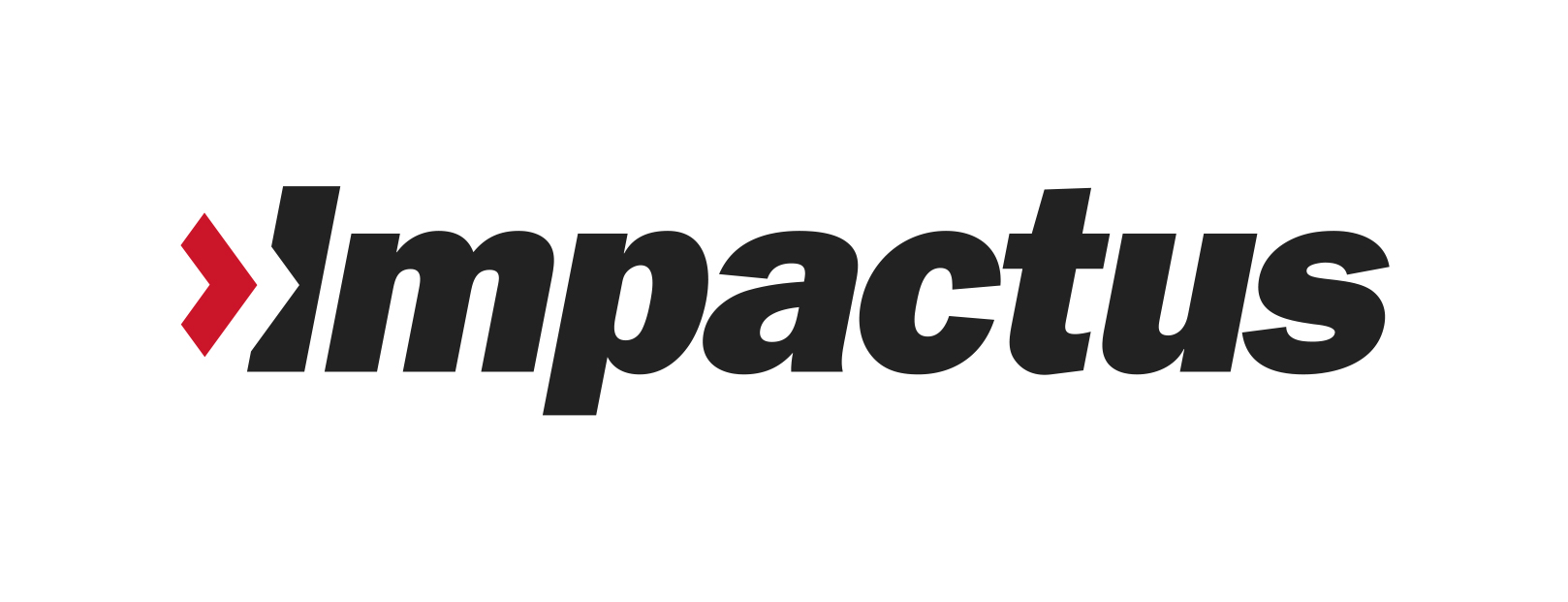“Engage your core!” Sound familiar?
Whether it is one on one with a personal trainer, or being involved in a fitness class, this phrase is something you have probably heard, and for good reason. However, when I first learned about this, I had absolutely no idea what it meant, and more importantly, how to do it.
When you engage your core, the muscles being activated are your rectus abdominis, external obliques, transverse abdominis, and latissimus dorsi (How to Engage Your Core: Ultimate Guide | OriGym, n.d.).
To engage your core means “contracting your trunk muscles to provide support for your trunk in static positions and during dynamic movements of the extremities” (How to Engage Your Core: Steps, Muscles Worked, and More, 2021, para 37). In other words, pretend you were expecting a punch in your abdomen, which would encourage a deep pull-in of your abdominis muscles.
So how do we do it?
As I mentioned, I was unaware of how to properly engage my core. I assumed it meant to suck in your stomach when in reality, that is not the case. To do this, “you need to focus on pulling your navel up and in towards your spine. Your abs should feel tightened but you should still be able to move and breathe as normal” (How to Engage Your Core: Ultimate Guide | OriGym, n.d., para 14).
Why do it?
So why is engaging your core important? Simply put, it helps avoid injury while also getting the most out of your workout. No matter what movement you do, a well built core benefits your flexibility, athletic and overall strength, as well as activating the various muscles in our bodies during physical activity (How to Engage Your Core: Ultimate Guide | OriGym, n.d.). Whether you’re walking, spriting, completing a workout, or even something as simple as getting out of bed in the morning, engaging your core makes your body stable and strong to allow for safe physical activity. However, engaging your core should not stop at physical exercise but rather, a practiced behavior for everyday life.
When our core muscles are operating at the same time, “they support the spine which keeps the back safe from strain” (How to Engage Your Core: Ultimate Guide | OriGym, n.d., para. 23). If you’re like me, lower back pain is something I deal with frequently. I personally can speak to this when I do a squat or a deadlift. When I get physically tired doing these exercises, I feel my back starting to arch which you want to avoid at all costs. However, when I focus on engaging my core, I stop my lower back from becoming strained while also avoiding serious injury. One of the main causes of low back pain is poor core strength (Benefits Of Engaging Your Core All Day, 2019).
Exercises
Exercises that can help with strengthening our core are high plank, superman pull, v-sit, leg raises, plank shoulder taps, and bridge to name a few (How to Engage Your Core: Ultimate Guide | OriGym, n.d.). Although these are specific exercises to strengthen our core, we can always be engaging our core through everyday life. Examples such as lifting objects off the floor, bending down, driving, and sitting down, whatever it is, engaging our core should be done all the time. I myself am constantly learning that most of what we do on a daily basis requires solid core strength.
If you’re someone who has a desk job, consider using a stability ball to strengthen your core muscles (Benefits Of Engaging Your Core All Day, 2019). Gardening, mowing the lawn, or even just standing, require engaging our core. When we do this, proper posture becomes evident as well. All in all, the more we engage our core throughout our day, the more natural it will become.
About


